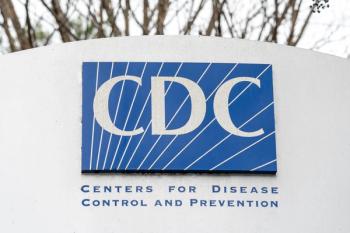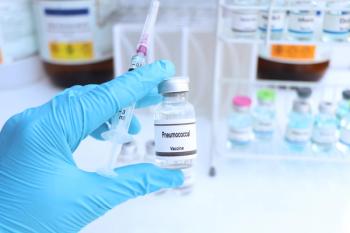
Galcanezumab Improves Work Productivity, Health and Well-Being in Patients With Migraine
Results from a phase 3 study showed that galcanezumab-gnlm (Emgality, Eli Lilly) significantly improved work productivity and health and well-being between migraine attacks.
Results from a phase 3 study showed that galcanezumab-gnlm (Emgality, Eli Lilly) significantly improved work productivity and health and well-being between migraine attacks for patients with a history of preventive treatment failure, according to a press release.
Galcanezumab-gnlm, a monoclonal antibody that selectively binds to calcitonin gene-related peptide, is approved for the preventive treatment of migraine in adults and for the treatment of episodic cluster headache in adults.
The phase 3 CONQUER study evaluated the efficacy and safety of galcanezumab-gnlm for the preventive treatment of episodic and chronic migraine in patients with documented previous treatment failures on 2 to 4 different standard-of-care preventive medication categories. The results were presented virtually at the 6th European Academy of Neurology Congress.
A total of 462 patients were randomized to the galcanezumab-gnlm treatment group or placebo group. Absenteeism, presenteeism (impairment while working), overall work productivity loss, and activity impairment were measured using the migraine-specific Work Productivity and Activity Impairment Questionnaire. The burden between headache attacks (interictal burden) in 4 key areas, including disruption at work and school, diminished family and social life, difficulty planning, and emotional difficulty, was measured using the Migraine Interictal Burden Scale (MIBS), which is a 12-point scale.
According to the results, there were statistically significant improvements in work productivity and reductions in overall work productivity loss for patients in the galcanezumab-gnlm treatment group compared with placebo (-14.3% vs -3.5%; P<0.01). The findings also pointed to statistically significant improvements in presenteeism (-12.5% versus -2.6%; P<0.01). Absenteeism was low and not significantly different between groups, according to the study. Non-work-related activity impairment was also statistically significantly reduced in the galcanezumab-gnlm treatment group compared with placebo (-20.7% versus -8.6%; P<0.01). These results were similar in the subgroups of patients with episodic or chronic migraine.
Moreover, the average change in MIBS from a baseline of 5.5 (indicative of severe burden in the time between migraine attacks) was statistically significantly greater in patients receiving galcanezumab-gnlm compared with placebo (-1.8 versus -0.8, respectively; P<0.0001), the results showed.
Among patients with episodic migraine, the most common categorization of MIBS at month 3 was “none” for patients treated with galcanezumab-gnlm versus “severe” for placebo-treated patients, according to the results. Additionally, among patients with chronic migraine, fewer patients treated with galcanezumab-gnlm had “severe” interictal burden per MIBS at month 3, with twice as many galcanezumab-gnlm-treated patients reporting “mild” interictal burden when compared with placebo.
Newsletter
Pharmacy practice is always changing. Stay ahead of the curve with the Drug Topics newsletter and get the latest drug information, industry trends, and patient care tips.






































































































































